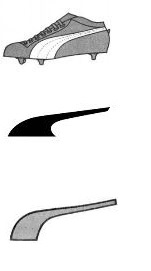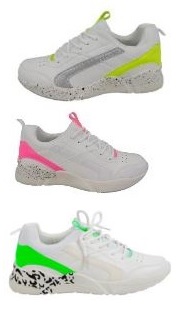Trademark agency Abcor - protect your trademark
Contact
If you have questions or want to know more about our services?Please mail: info@abcor-ip.com
Please call: 31 (0)71 576 3116
Varo sells pressure cleaners in the combined colors yellow/black. Kärcher claims this is an infringement and demands a ban. The central question is to what extent Kärcher can rightfully rely on both color marks.
Court rules that the old color mark from 1990 is invalid. It has not been claimed with enough precision, as any color code is missing. The new trademark however has been submitted correctly. Color marks are often not immediately recognized as a trademark by the consumer, unless the color has become established through long and intensive use which is the case here.
Kärcher has consistently used this specific tone of yellow as a distinguishing mark for decades and the marketing investment has been substantial. Market research shows that consumers recognize this tone of yellow as Kärcher’s brand. Result: infringement, prohibition and payment of damages.
trademarks
